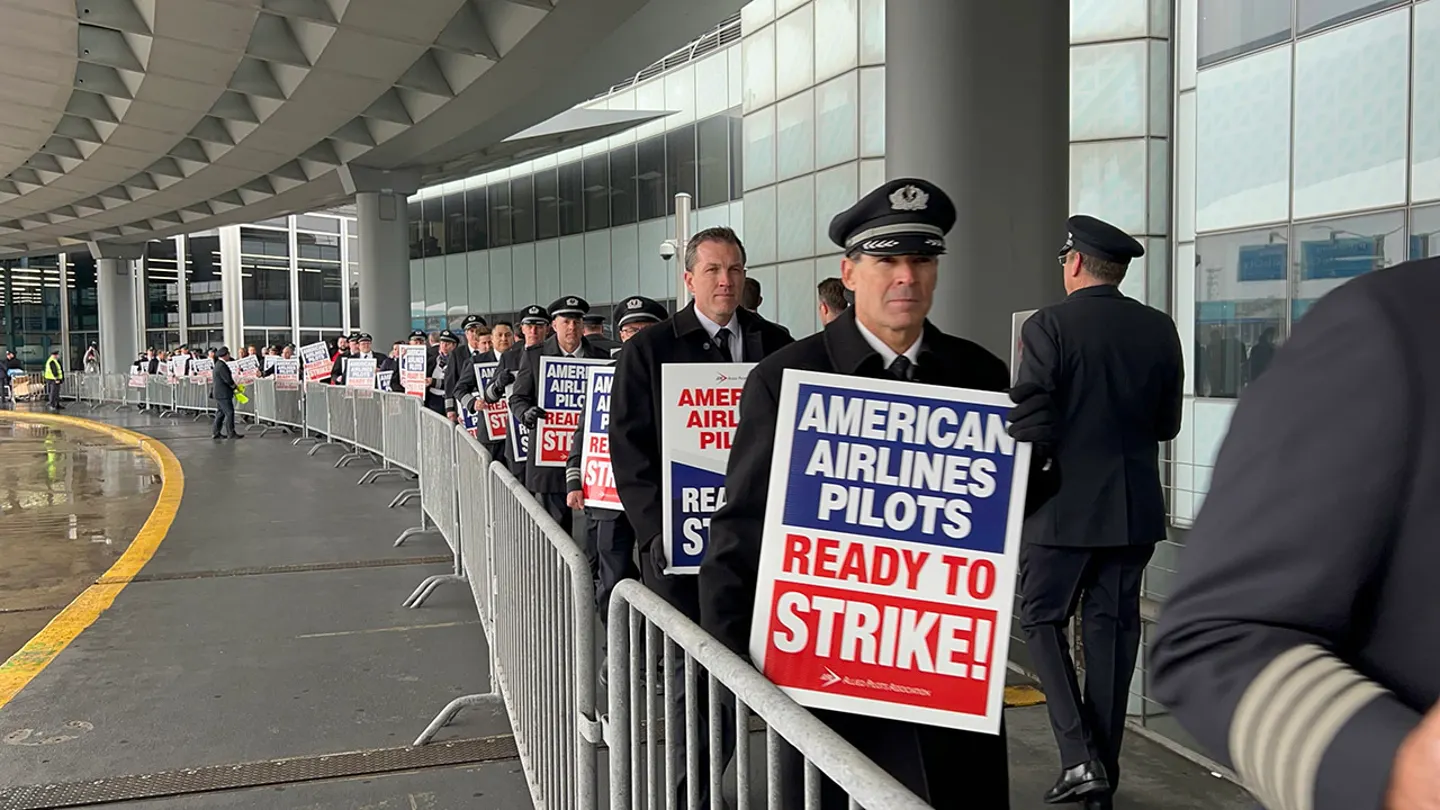Scope of the Shortage
- Global shortage exceeding 34,000 pilots in 2025, projected to reach 50,000 by 2027 and over 650,000 by 2043 (Boeing forecast).
- In the U.S., demand requires ~8,000 new pilots annually through 2030 to meet retirements and growth.
- Retirement acceleration: FAA mandates retirement at 65; over 4,300 pilots retire each year through 2042.
Drivers Behind the Crisis
Aging Workforce
The mandatory age limit removes experienced pilots over 70 retire daily in the U.S. alone.
Training Pipeline Delays
Flight school can cost $70K–$100K and take 2 years. 1,500‑hour requirements and simulator/instructor shortages slow entry.
COVID-19 Legacy
Pandemic-era furloughs and early retirements created talent gaps that airlines are still struggling to close.
Surging Travel Demand
Passenger traffic surpassed pre-pandemic levels by 2024, increasing aircraft orders and stretching pilot availability.
Salary Escalation & Union Action
- Delta: Pilots received a 30%+ raise through 2026.
- Southwest: Up to 50% increase in pilot pay by 2028.
- Low-cost U.S. carriers: First Officers earn $48K–$174K, Captains up to $270K+ (with overtime/per diem).
- UK: easyJet pays up to £191K vs BA's £138K; Europe expects a shortage of 19,000 pilots by 2032.
Operational Impacts & Airline Responses
- Regional airlines grounding aircraft and reducing routes due to crew shortages.
- Bonuses up to $100K for new First Officers at American’s regionals; $50K/year retention bonus at CommuteAir.
- Visa and licensing issues impact ACMI/wet-lease operators globally.
- Airlines expanding cadet and fast-track programs with partners like CAE and L3Harris.
Economic & Strategic Consequences
Rising training and salary costs raise airline expenses passenger fares may follow.
- Pilot unions gaining leverage longer contracts, better benefits, higher wages.
- Middle East & India ramping up hiringEmirates: 1,700 pilots needed, India: 7,000 by 2026.
Summary Table
| Factor | Details |
|---|---|
| Global Shortfall | ~34,000 pilots now, rising to ~50,000 by 2027 |
| U.S. Annual Need | ~8,000 new pilots per year through 2030 |
| Retirement Rate | ~4,300/year in U.S.; global wave hitting baby-boomer pilots |
| Training Cost & Duration | $70K–$100K; typically 1–2 years, 1,500 flight hours required |
| Salaries (Europe First Officers) | €51K–€97K; Captains €120K–€270K |
| Salaries (U.S. Budget Carriers) | First Officer: $48K–$174K; Captain: up to $270K+ |
| Salary Growth | 30–50% increases at Delta, Southwest, others |
| Operational Impact | Grounded aircraft; canceled flights; hiring competition heating up |
| Regional/International Trends | Bonuses, cadet programs, fast-track licenses |
Final Outlook
The pilot labor shortage is evolving into a salary crisis. Airlines are responding with aggressive pay hikes, bonuses, and expanded training pipelines.
However, unless the industry accelerates pilot training capacity and manages retirements strategically, this talent gap will persist for decades.
Expect continued upward pressure on labor costs and eventually, airfare.
